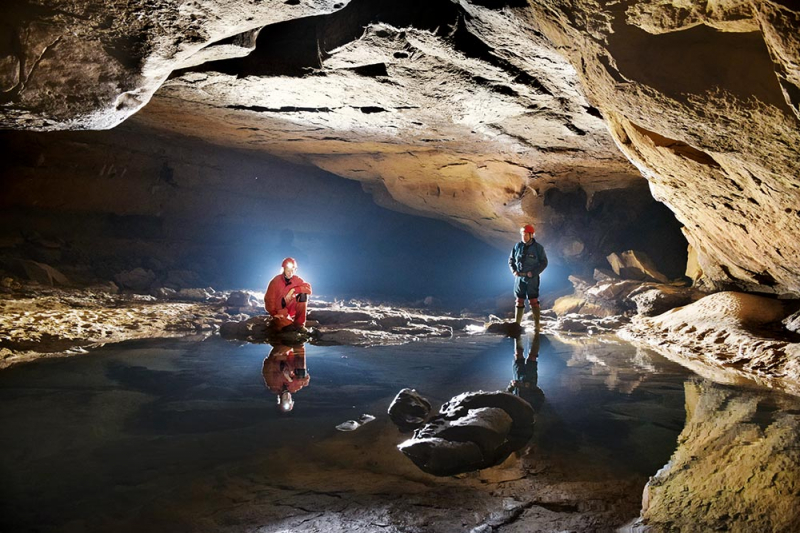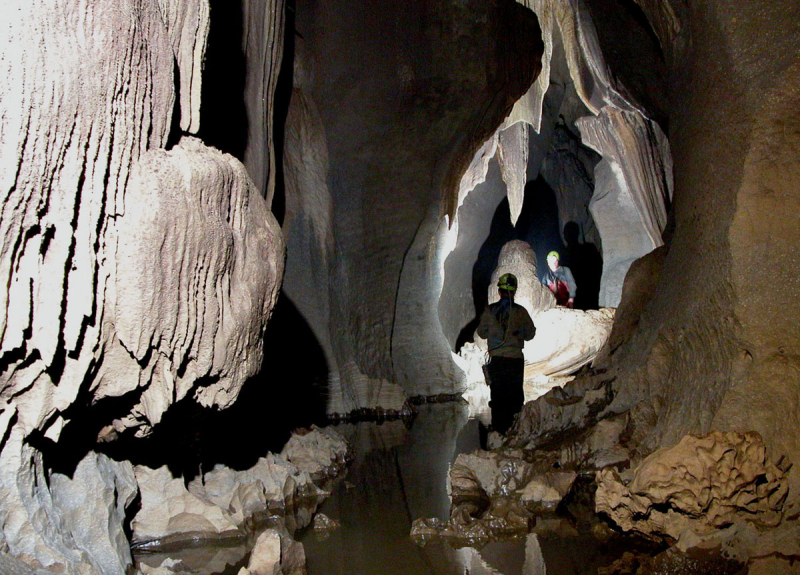The Many Caves of Meghalaya

The caves of Meghalaya, in northeast India, are well-known. Over 1,000 of them have been investigated! Mawsmai Cave, in Cherrapunji, is the most accessible (two hours from Shillong). It is kept in good repair as a tourist attraction and is illuminated throughout. The other caves are more difficult to explore and need caving expeditions with the proper equipment. Siju, Mawmluh, Mawsynram, and Liat Prah are among them (the longest cave in India). In Meghalaya, the world's longest sandstone cave, Krem Puri, was recently discovered and surveyed. A list of caves in Meghalaya is available from Meghalaya Tourism. The Meghalaya Adventurers' Association (email: matours@rediffmail.com) conducts week-long caving expeditions from Shillong. Thrillophilia offers various caving tour packages. Kipepeo also arranges customizable caving trips.
Meghalaya has a cave system unlike any other known karst (or limestone-dominated environment) in India. A steep plateau with elevations of over 1000m, a terrain rich in limestone, and an abundance of rainfall during the monsoon, among the highest recorded in the world, combine to make Meghalaya unique. These subterranean habitats are fragile and mysterious, generated by an extraordinarily slow process of water erosion - the wearing away of limestone or calcium carbonate bedrock over millions of years. These caverns, known as solution caves, form in sheets of solid limestone found below the surface, similar to the caves we explored near Lumsnang. In some circumstances, solution caves can form in soluble sedimentary rock strata as well.
Cave formation is a fascinating process. Rainwater generates a weak acidic solution when it reacts with ambient carbon dioxide and other gases in the soil. This gently acidic water dissolves calcite, the most common mineral found in limestone, to gradually carve out vast spaces and, in certain cases, sophisticated cave systems, either as underground rivers or as groundwater.
Location: Meghalaya, in northeast India













